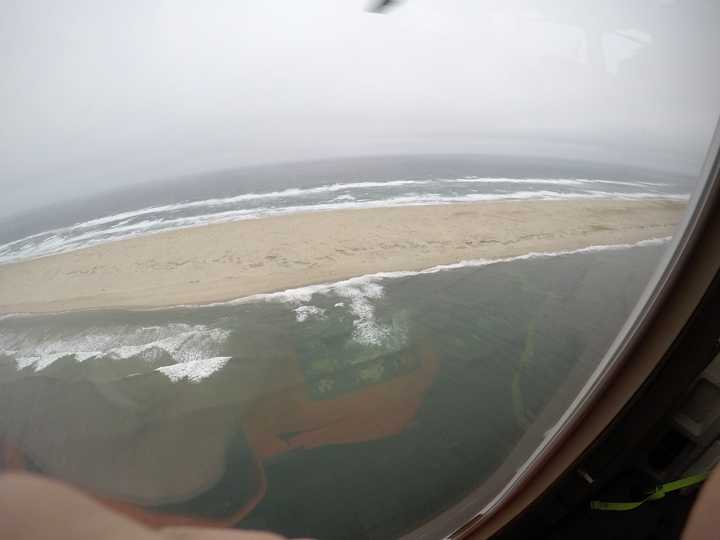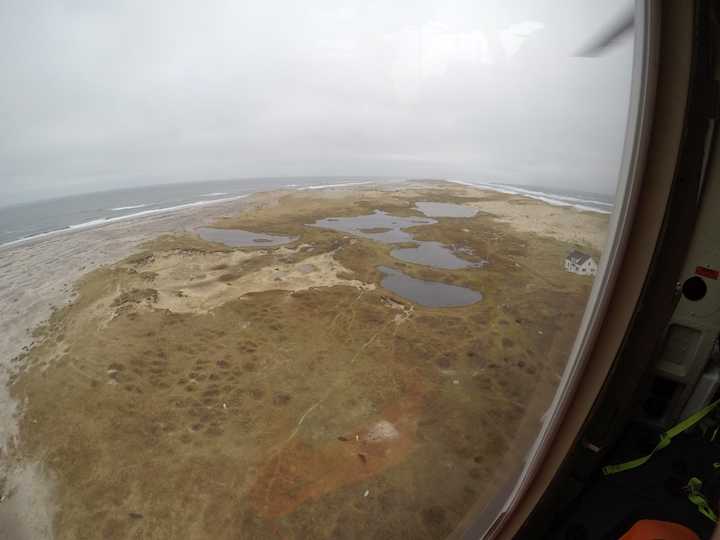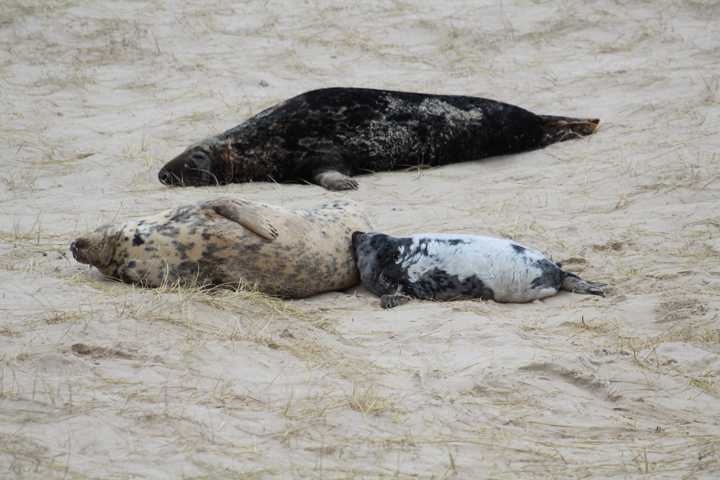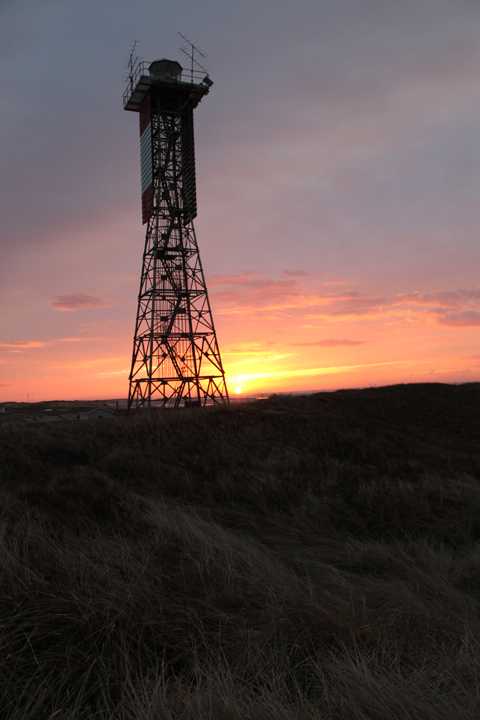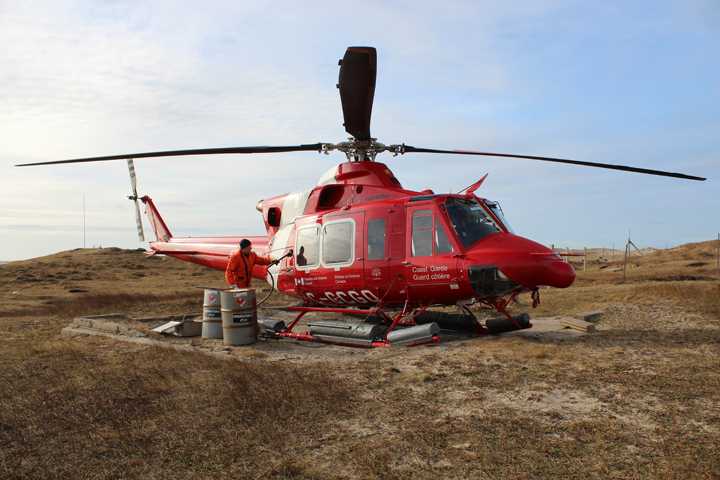sharkman
Master at Arms
I think most of you know I'm a marine biologist by trade and focus on shark research. Every January for 2 weeks though I head out to a little island off Nova Scotia called Sable Island to conduct some field research on grey seals ( always good to look at the prey species too!). A bit of a working vacation for me.
We typically travel out to the island by Canadian Coast Guard chopper (typically this has been on Messerschmidt Bo 105's, Bell 212's or Bell 429's) or by a Twin Otter. I just found out that we'll be taking a brand new Bell 412 this year. Should be fun!
:geek
We typically travel out to the island by Canadian Coast Guard chopper (typically this has been on Messerschmidt Bo 105's, Bell 212's or Bell 429's) or by a Twin Otter. I just found out that we'll be taking a brand new Bell 412 this year. Should be fun!
:geek


